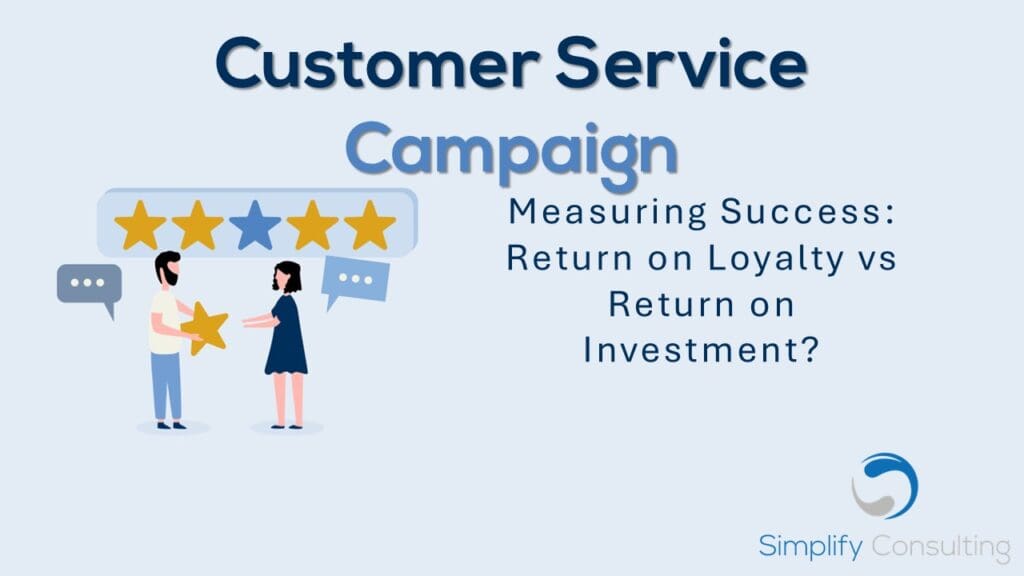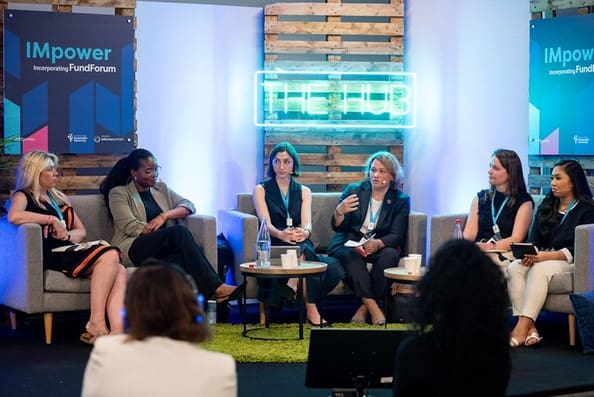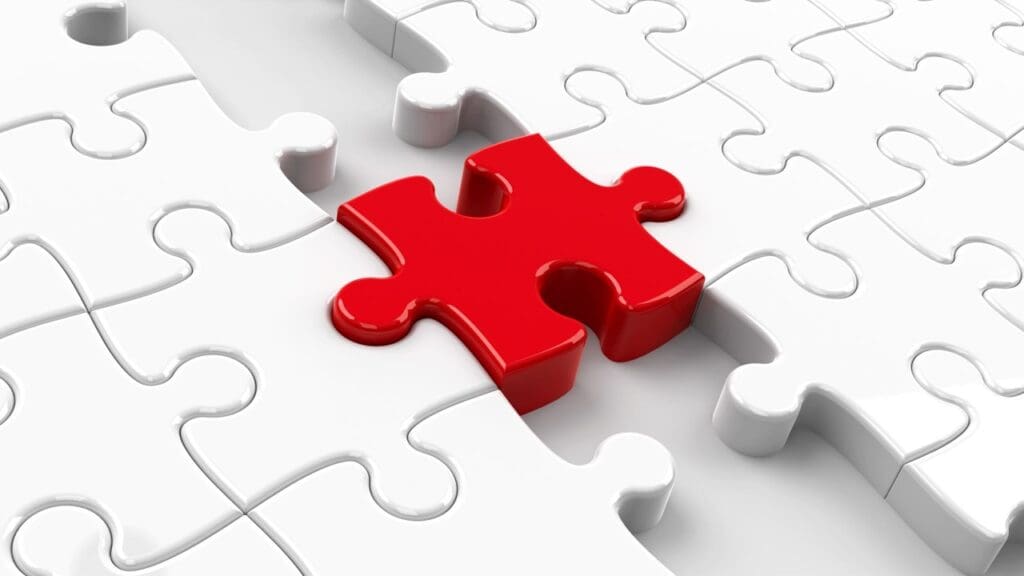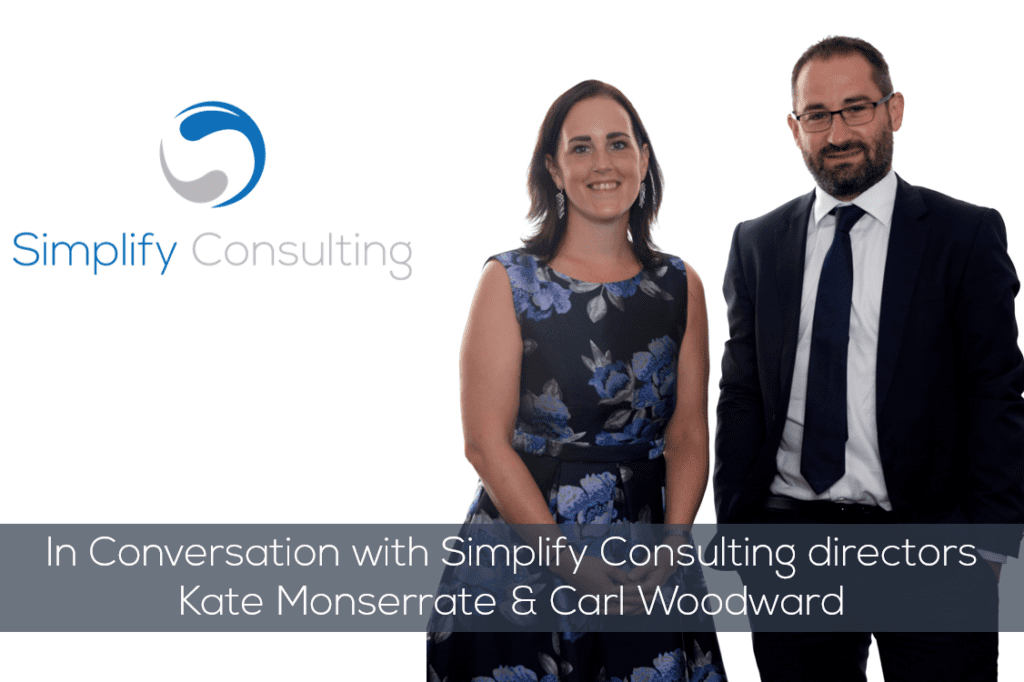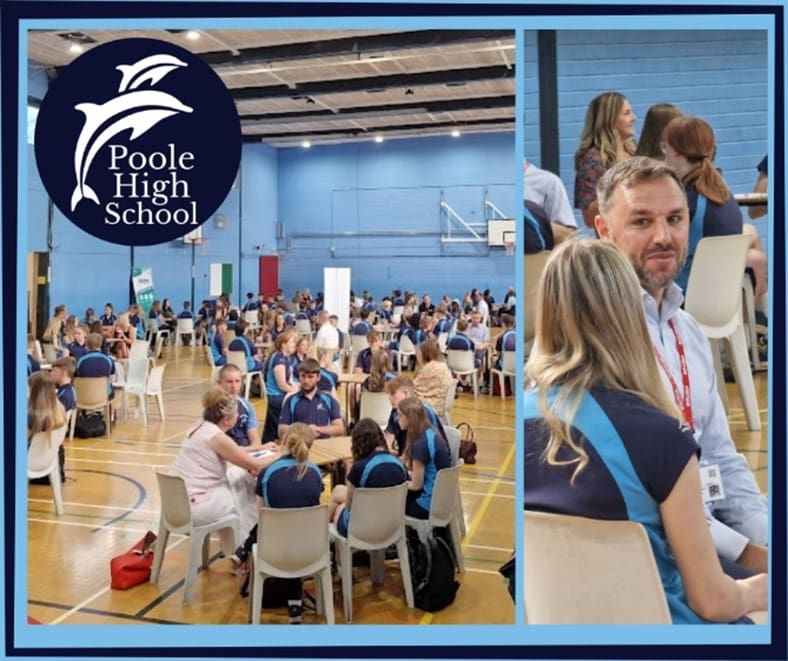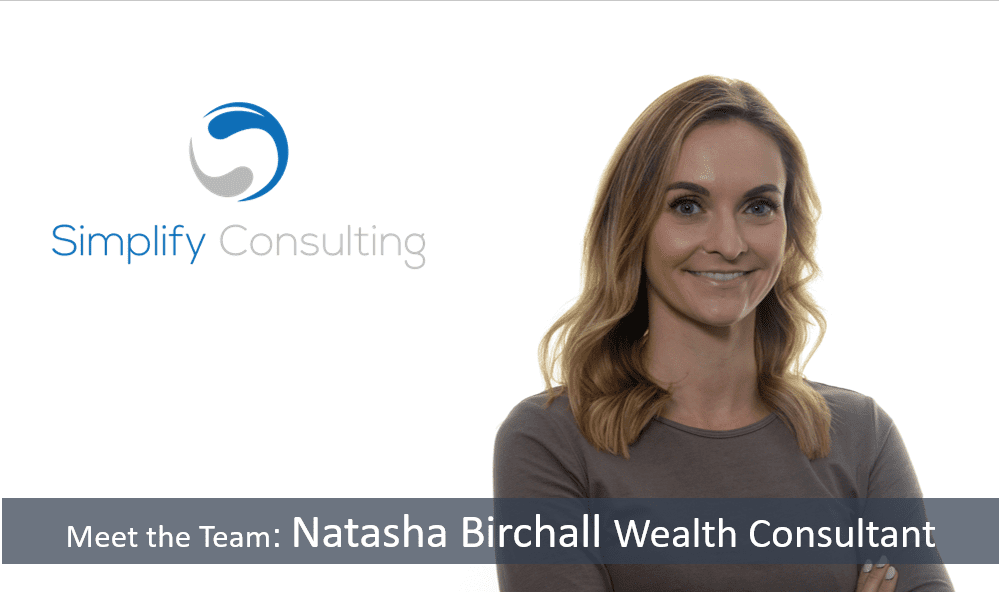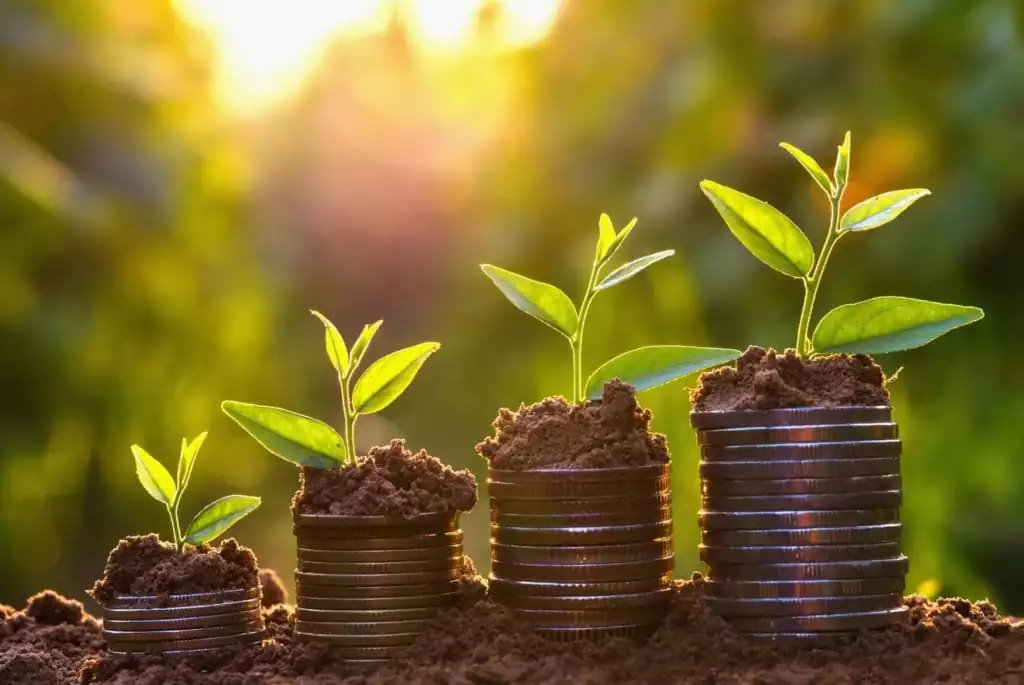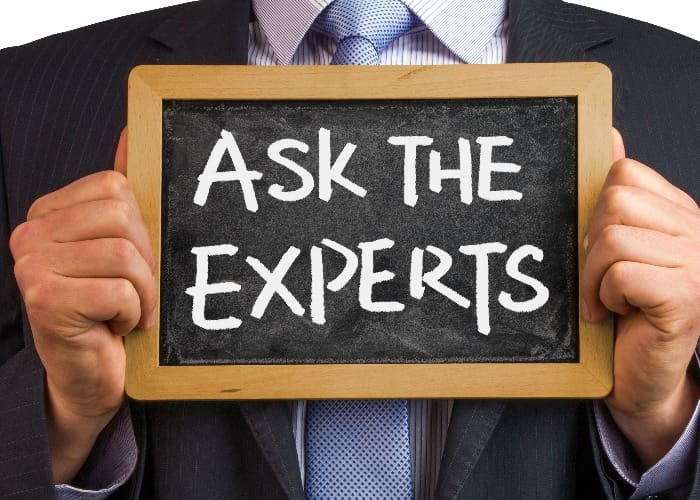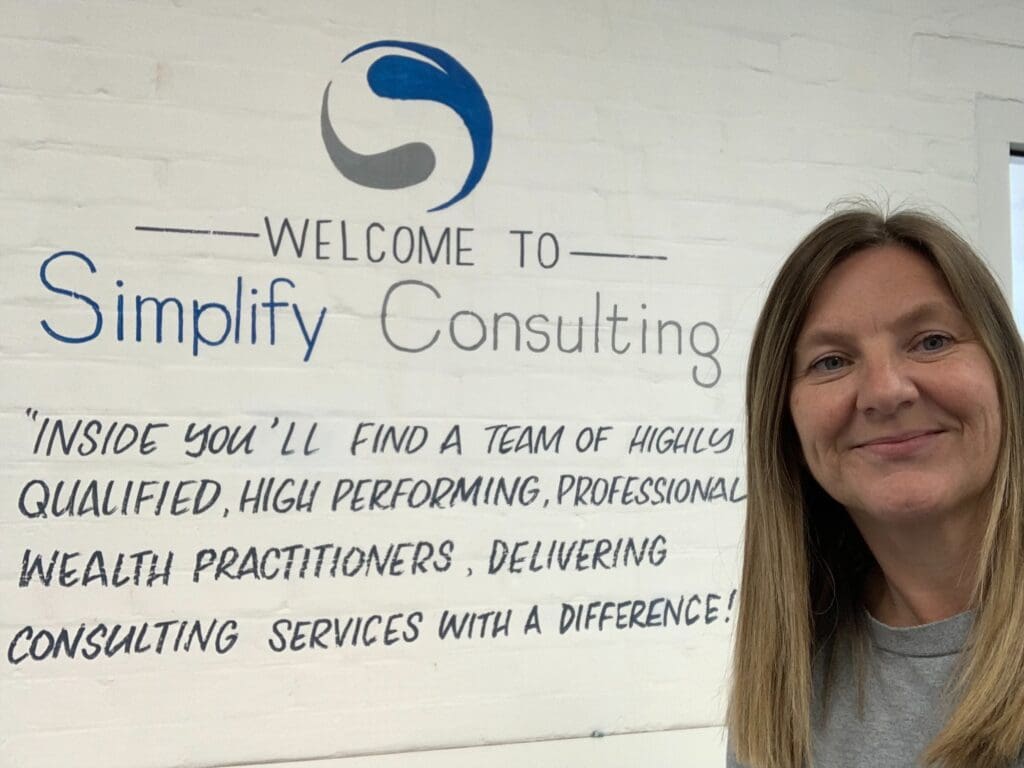The upcoming UK Sustainability Disclosure Requirements (SDR) will have an impact on what information asset managers will need to include in fund literature, disclosures and client reporting. So, what has been learnt from Environmental, Social and Governance (ESG) implementation so far, and what can asset managers of UK domiciled funds do to prepare for the UK direction of travel?
With asset managers still in the thick of applying changes required to comply with EU Taxonomy and Sustainable Finance Disclosure Regulation (SFDR) and the UK’s own Task Force on Climate-related Financial Disclosures (TCFD) requirements, yet more change looms on the horizon. The UK is now focussing on moving ahead with its own ESG agenda. Following the consultation on SDR and investment labels, the FCA plan to publish a Policy Statement in Q3 and there’s a further consultation on Future regulatory regime for ESG ratings providers which is open until 30th June.
SDR Vs SFDR
Whilst SFDR focuses primarily on a disclosure framework, SDR will be more consumer focussed with an objective of protecting customers. It will likely include:
- Introduction of sustainable investment labels based on the products sustainability related objectives and features
- Disclosure requirements (both pre-contractual and ongoing)
- Limitations on using sustainability-related terms in product naming if a fund does not qualify to use one of the sustainable labels.
- Requirements for distributors to ensure the relevant information including labels is made available to consumers
- A general anti-greenwashing rule “which reiterates existing rules to clarify that sustainability related claims must be clear, fair and not misleading.” 1
Whereas SFDR requires funds to have an Article 6 (no sustainable scope), 8 (promotes ESG characteristics) or 9 (has sustainable objective) classification, SDR ESG labelling of funds will be optional and “products will no longer need independent verification to qualify for a label.”4
UK Policy makers will be gauging the success of SFDR and taking into consideration what has gone well and what has not. Some in the industry believe it hasn’t been hugely successful. Examples have been cited of funds labelling themselves Article 8 or 9 but not actually living up to the sustainable characteristics that they purport, leaving the door open for continued greenwashing. Others have criticised the regulations for having a woolly definition of ‘sustainable’ which is open to interpretation and difficult to work with.
What can Asset Managers do to prepare?
Many asset managers have already got the ball rolling when it comes to planning for SDR. But what can be done at this stage, ahead of the Autumn Policy Statement?
Lessons Learned:
Asset managers who manage both UK and EU domiciled funds will benefit from already having prepared for SFDR and TCFD taxonomy implementation. Whilst implementation of any new UK SDR regulations will differ, reflect on lessons learned that can be applied to SDR. This may include who needs to be involved and engaged; and what literature and reports are likely to require updating.
To ESG, or not to ESG – that is the question?
Take time to assess your products against the qualifying criteria and decide on the scope of funds you want to apply an ESG label to. Focus on UK domiciled funds (a separate consultation is due to follow on how the SDR might be applied in respect of overseas funds).
Fund Manager Engagement:
Get fund managers involved early to ensure they’re comfortable that what’s reported is aligned with how they manage the fund and make investment decisions. Seek agreement on what the sustainability-related objectives and features of the fund are. They can provide input as to what the fund does and doesn’t do.
ESG Data Provision:
Consider how you’ll obtain ESG data. Can it be done in-house or will you need to use third parties? There are many specialist companies that do a vast amount of background research and analysis to provide a wealth of ESG data. You may need to use multiple providers, as some lend themselves more to specific asset types. Alternatively, you may already be obtaining some of the data for TCFD purposes.
Balance of Metrics:
SDR isn’t looking to impose sustainability-related metrics at this stage, but the consultation does mention an intention to have a “baseline of core sustainability related metrics for firms to disclose in respect of all products” 1. Until then, consider the balance between a standardised approach versus specific ESG metrics. Standardisation would be optimal in helping with Consumer Duty goals, but can pose challenges. A metric that’s a good representation for one fund may not be so for another and could lead to reporting stats that are not part of the direct mandate of a particular fund. Aim to report information that supports what the strategy does or tries to achieve, whilst avoiding creating an implication that you’re doing more than you actually are. You may need a different sub-set of characteristics for different types of funds as one size doesn’t fit all.
Presentation is key:
Multi-page annexes to reports with lots of colourful diagrams may look impressive, but will they be easily interpreted and understood by your clients? ESG information must be meaningful and help investors assess the product/make decisions. “It is important that product disclosures provide sufficient, accessible information to enable consumers to easily distinguish between products and assess which meet their needs and preferences.”1 Ensure ESG metrics and information are clearly presented, adequately explained, and avoid complicated terminology and jargon. An example that was flagged during consumer research to support the SDR proposals was that the term ‘Transitioning’ was meaningless to consumers.
Don’t hide the bad stuff!
For all funds with an ESG label, especially those with a Sustainable Improvement label, you’ll want to call out exclusions highlighting the avoidance of harmful companies. But if you are investing in companies that may seem misaligned with ESG principles, ensure you give commentary to provide the rationale. If you don’t mention things like this, it risks a lack of transparency and mistrust.
Conclusion
There is a clear appetite for ESG assets amongst both retail investors, particularly younger investors, and institutional clients such as pension schemes who have their own obligations to fulfil. A recent study by Inyova found that “86% of millennials are interested in impact investing and are twice as likely as others to invest in funds targeting social or environmental causes.”9 And there is a coinciding growth in the investment being made into sustainable funds. “The UK market for UK domiciled responsible investment funds grew 64% over 2021 to reach £79 billion, far outstripping the 11% growth in UK domiciled funds overall” 1
So ESG will remain high on the agenda and the government are justifiably keen to ensure that investors have the right level of information to help them make informed decisions.
As with all such initiatives, it’s never too soon to start preparing. Whilst the new policy won’t be finalised until later this year and is expected to come into effect around this time next year there is a clear demand for ESG information in client reporting. Any preparation work done towards achieving this now will not be wasted and will put you in good stead for complying when it comes into force next year.
If you would like to hear more about how Simplify Consulting can help you get ready for SDR implementation, please contact us at [email protected].

Nina Cherry
Wealth Consultant
Sources:
- FCA (2022). Sustainability Disclosure Requirements (SDR) and investment labels Consultation Paper CP22/20. Available at: https://www.fca.org.uk/publication/consultation/cp22-20.pdf
- (2023). CP22/20: Sustainability Disclosure Requirements (SDR) and investment labels. Available at: https://www.fca.org.uk/publications/consultation-papers/cp22-20-sustainability-disclosure-requirements-sdr-investment-labels
- HM Treasury. (2023). Open consultation Future regulatory regime for Environmental, Social, and Governance (ESG) ratings providers. Available at: https://www.gov.uk/government/consultations/future-regulatory-regime-for-environmental-social-and-governance-esg-ratings-providers
- Caroline Hug. (2023). FCA relaxes and delays SDR rules for fund firms. Available at: https://citywire.com/wealth-manager/news/fca-relaxes-and-delays-sdr-rules-for-fund-firms/a2413173?re=107547&refea=1746991
- Dewi John. (2021). UK ESG funds dip toes into SFDR. Available at: https://www.refinitiv.com/perspectives/regulation-risk-compliance/how-are-fund-managers-responding-to-the-sfdr/
- Fintech Global. (2023). WealthTech100. Available at: https://fintech.global/wealthtech100/
- Hogan Lovells. (2023). UK: FCA update on SDR and investment labels consultation. Available at: https://www.lexology.com/library/detail.aspx?g=b0ef9e9e-ac94-4faf-95ca-b6efcdcc8c67&utm_source=Lexology+Daily+Newsfeed&utm_medium=HTML+email+-+Body+-+General+section&utm_campaign=Lexology+subscriber+daily+feed&utm_content=Lexology+Daily+Newsfeed+2023-04-03&utm_term=
- Natasha Turner. (2023). Green Finance Strategy: ‘A step forward but not enough’. Available at: https://esgclarity.com/green-finance-strategy-a-step-forward-but-not-enough/?NLID=ESGC-News—Mar&NL_issueDate=20230331&utm_source=ESGC-News—Mar-20230331&utm_medium=email&utm_campaign=investmentnews&utm_visit=&msdynttrid=oXupPTzmrrIRQbKP_CWjWtLzqAENjziciKKRYuZlAUw
- (2022). How Millennials and Gen Z are Shaking up Sustainable Investing. Available at: https://inyova.ch/en/expertise/millenials-gen-z-and-sustainable-investing/ (Accesses 12/04/2023)

















